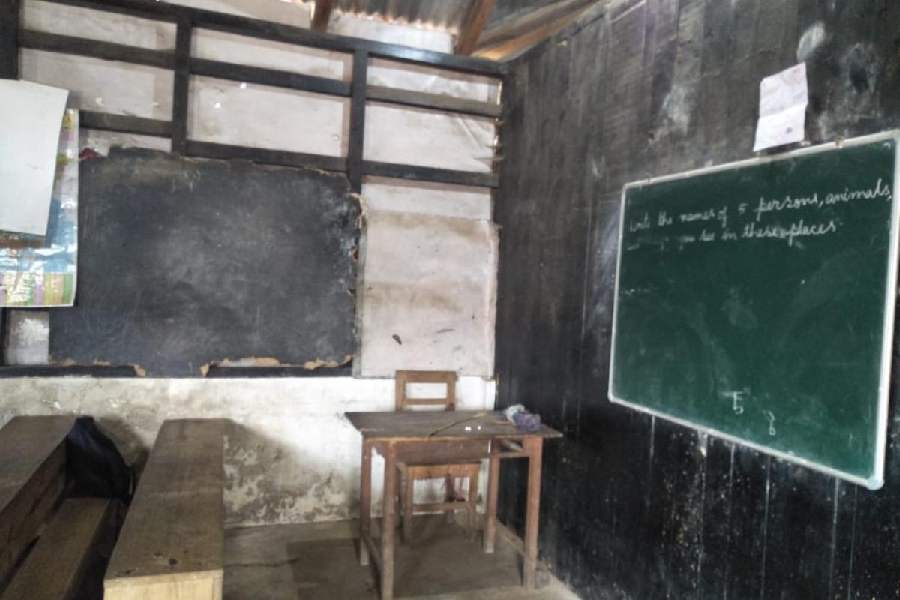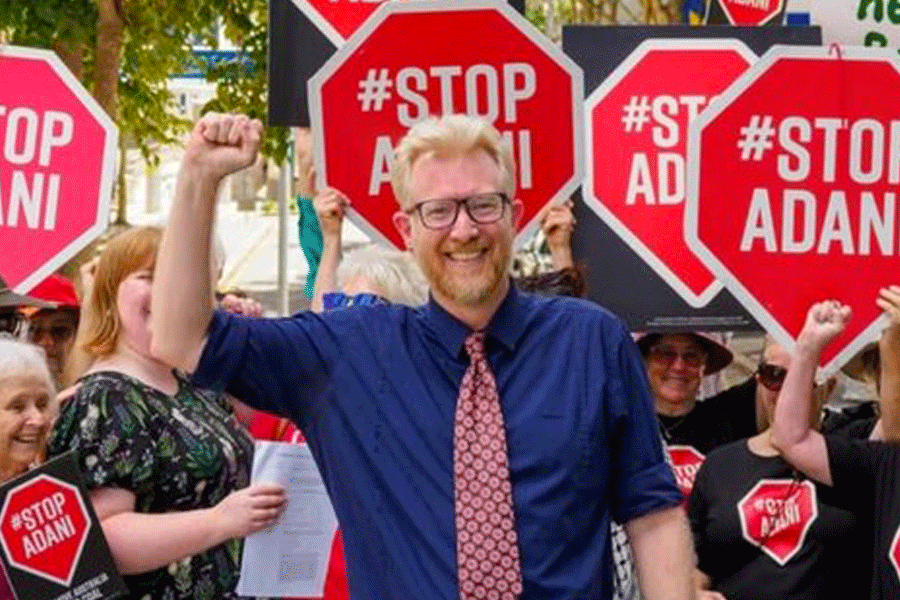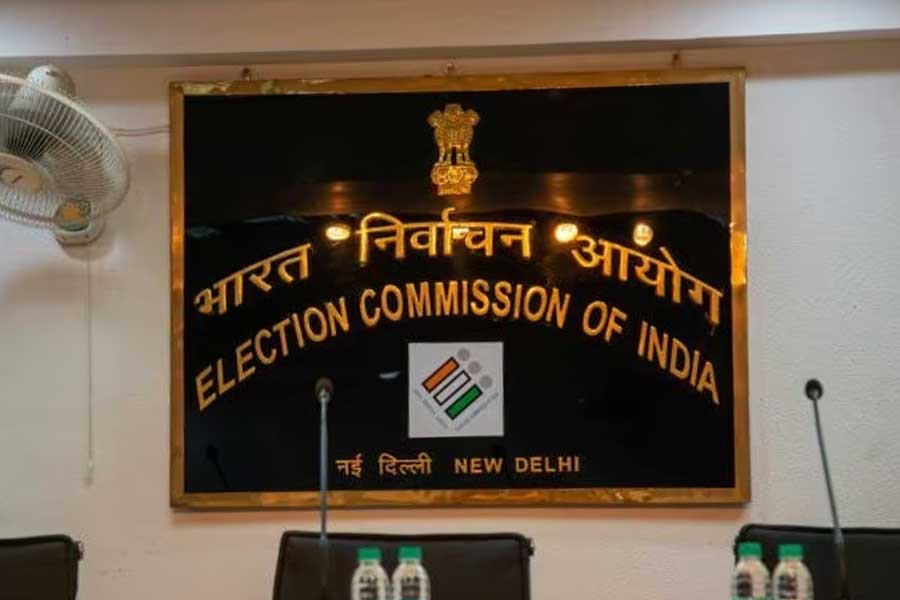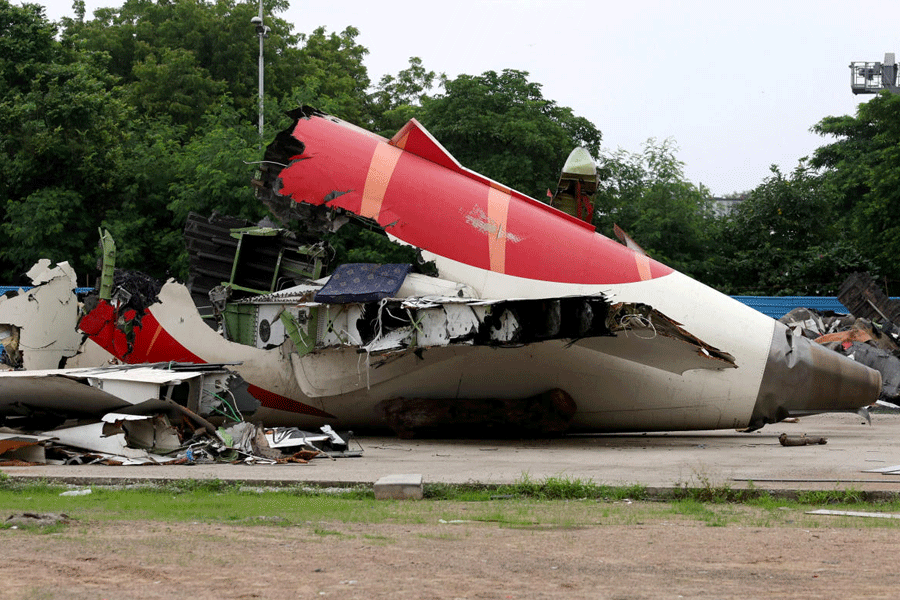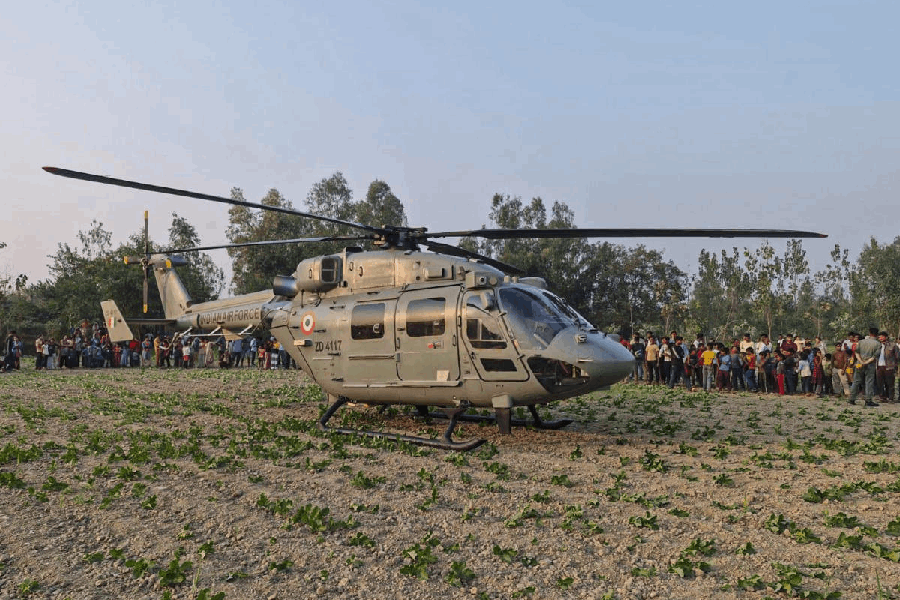I recently went for a hike in the countryside near Mairang, a town of around 35,000 persons with small streets and a bustling market about 45 kilometres from
Shillong, Meghalaya’s capital. The glittering countryside seemed to shine a brighter hue of green as a gentle drizzle sprayed hills and narrow valleys. Farmers had started to plant rice in slushy fields.
My destination was Kyllan Rock, a breathtaking, massive, round, smooth granite formation in the middle of a tree-packed landscape. The combination of mist, drizzle and foliage made one expect a hobbit or two to pop up in this Shire. But this column is not about the place, it is about a haunting image en route that has stayed with me.
On that trip, I saw two young boys, who appeared to be in their early teens, herding cattle in the rain along the roadside. It reminded me of a similar sight on a journey a few years ago while heading to the site of a clash on the Assam-Meghalaya border. On our way, my fellow traveller, Patricia Mukhim, the redoubtable editor of The Shillong Times, and I saw a number of young boys tending to cattle in the fields. This was a pretty common sight across the state, I remember Patricia saying, and an indicator of poor education indices — of children out of school.
The recent journey provoked me to look at a recent review of the status of school education facilitated by Pratham, a highly-reputed non-governmental organisation. The 2024 Annual Survey of Education Report, a survey done every two years, carries a multi-coloured, state-wise map which paints a compelling picture of the existing quality of education. On a map that shows the percentage of government school children enrolled in Class II who can at least read words, there were three states which scored 30% and below. These were Rajasthan, Madhya Pradesh and Arunachal Pradesh.
We will review some disturbing trends in the northeastern region that the ASER study turned up. Only two states, Sikkim and Mizoram, score between 61% to 70% among children who were interviewed to see if they could read words. In four years, Assam’s percentage on this single data strip fell from 48% in 2018 to 35% in 2022 but showed an uptick to 39.6% last year. Meghalaya, on the other hand, did not fare that badly, and its figures went from 46% in 2018 to 47.3% in 2022 and up to 59.5% in the latest survey.
ASER statistics also underline the devastating effect that Covid-19 had on educational institutions, especially on students, pointing to a drop in many states during those horror years of 2020 and 2021 when schools and universities were shut and work from home became the norm.
Pratham’s analysis showed that while school enrolment for children aged 7 to 16 years remained robust in Meghalaya with a continued preference for government schools, the situation was challenging among older age groups. Enrolment figures for children aged 15 to 16 years declined slightly, particularly among girls. Encouragingly, the dropout rate among girls aged 11 to 14 years decreased compared to previous years.
Despite these gains, infrastructure in Meghalaya remains poor. Recent conversations with district officials indicate that poverty is still a critical hurdle to sending children to school beyond the primary level. One official said that another problem was infrastructure, with some remote villages lacking connections to linking roads. There were no bus services to take children to the middle and secondary schools, which can be from five to ten kilometres away from their villages.
“The children visit the primary schools even when they’ve passed out because they want to be in that kind of atmosphere, they don’t want to stay at home,” one officer told me, noting that some of these schools were in cramped single-room structures. Meghalaya’s education minister, Rakkam Sangma, suffered acute embarrassment when it was reported that some schools in the Garo Hills (which is his home turf as well as that of the chief minister, Conrad Sangma) were being run in rooms no bigger than garages, “dilapidated and susceptible to floods”.
While ASER noted some positives, the sharpest indictment of the state’s schooling system came in the form of the Central government’s Performance Grading Index, which puts Meghalaya at the very bottom of the national table. The PGI is a nationwide rigorous grading system that reviews no less than 73 indicators across categories and domains, including access, infrastructure, teacher training, equity and learning outcomes.
The Northeast has not done well overall. Arunachal Pradesh and Nagaland, which were at Meghalaya’s level earlier, have improved a notch and reached the second-lowest tier. Sikkim was a cut above that, while the top position was secured by Chandigarh. Even a state like Mizoram, which is constantly placed at the top of the literacy rates in the country, stumbles when it comes to the PGI report. It may have recently flaunted its status of being a “fully literate state” but the PGI report underlines the reality that literacy does not mean the same thing as education.
Conrad Sangma is an affable, popular politician with a remarkable connection with people and an influential social media following. He needs to move with clarity and firmness in this sector. Meghalaya’s biggest budgetary allocation is for education, youth and sports; he is rolling out a chief minister’s scholarship programme that is aimed at reaching 80,000 youth. But something is clearly amiss. Rural schools, not the urban centres, need maximum attention with regard to access and infrastructure so that they can draw and retain students.
In the midst of all this, Meghalaya is bidding to make itself an attractive tourist destination. There is a package for everything — for those who want to beat the heat of the Indian plains; a haven for adventure lovers with river rafting, nature trails, waterfalls; there are quaint homestays and cute cafes; for music aficionados, the likes of Ed Sheeran have come to perform. However, the state cannot entrust its future to the basket of tourism which meets a fraction of its revenue needs.
Meghalaya is now in middle age, having passed 50 years of its creation. Its government must prioritise the delivery of access to education, better health and livelihoods. These three, the trinity, go together. Only then will the ASER and PGI rankings improve as the vulnerable, including young herders, join classrooms.
Sanjoy Hazarika is a writer who specialises on the Northeast and travels extensively in the region

